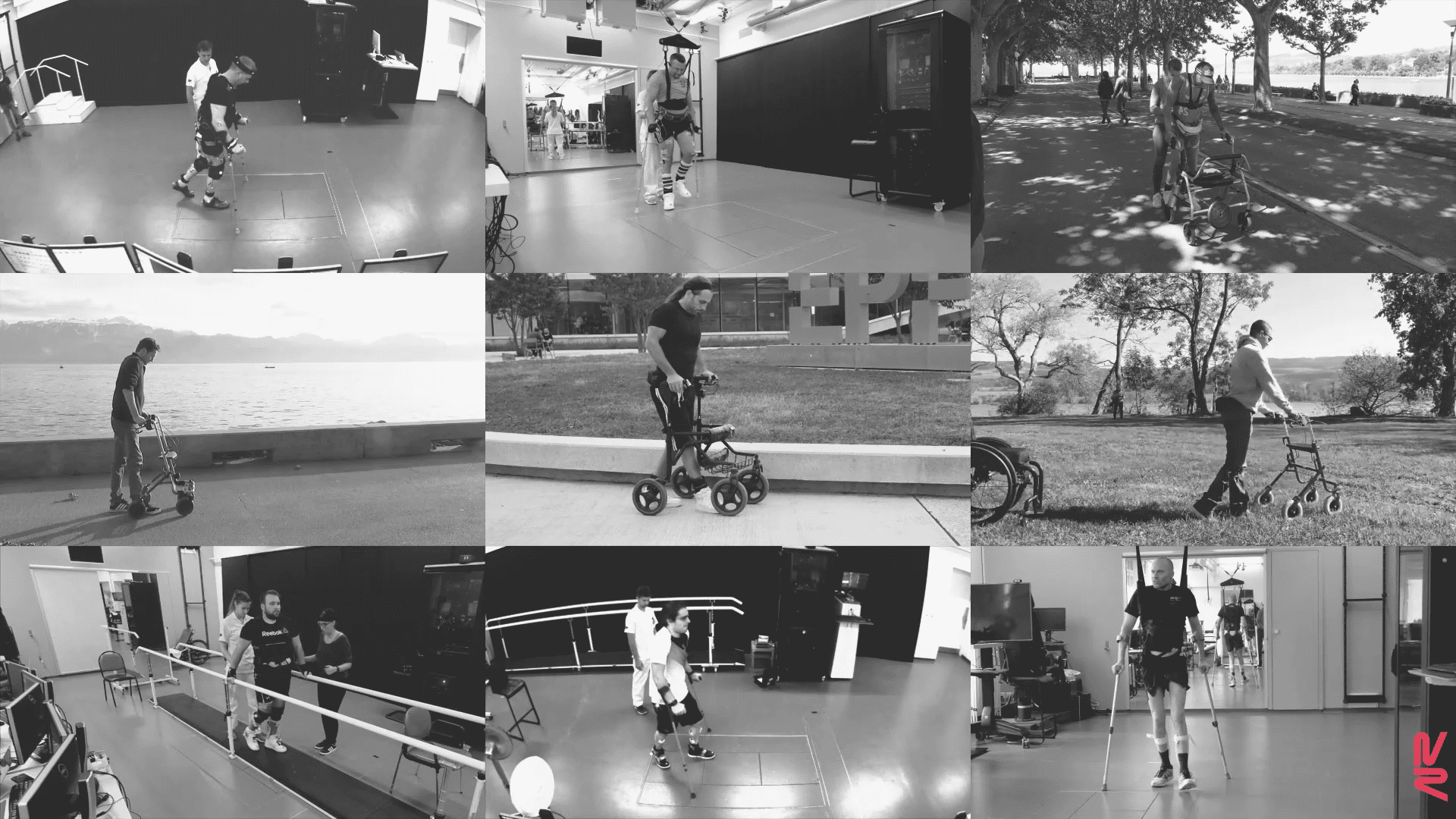A group of neurons involved in recovery from paralysis has been identified in mice, shedding light on the mechanism that underpins rehabilitation of the spinal cord in response to electrical stimulation. This breakthrough could help in the development of targeted treatments for people with spinal cord injuries.
The new study also recruited nine individuals with severe or complete paralysis, all of whom regained or improved their ability to walk following treatment.
It has long been known that electrical stimulation of the spinal cord after injury can restore a patient’s movement in some capacity. However, the reasons for this have remained a mystery. That is, until now.
In a series of mouse studies, researchers at the .NeuroRestore research center have identified the specific neurons activated by spinal cord stimulation, which can allow patients to stand and walk once again.
To demonstrate the efficacy of the therapy, termed epidural electrical stimulation (EES), the team enlisted nine people with chronic spinal cord injuries:
“All individuals immediately regained some ability to walk with robotic support during stimulation, and most showed a considerable increase in their ability to bear weight and a sustained improvement in walking after five months of EES treatment and rehabilitation,” Kee Wui Huang and Eiman Azim, who were not involved with the research, write in an article accompanying the paper.
What’s more, this improvement in motor function was found to persist after treatment ceased, even when electrical stimulation was turned off.

The nine paralysis patients walk again following EES treatment. Image credit: NeuroRestore-Jimmy Ravier
As for elucidating the underlying mechanism, the team turned to mice. They developed a rodent model of EES neurorehabilitation and also created a map of gene expression in mouse spinal cord neurons. Combining the findings of both these experiments, they identified a family of neurons with a big role to play: V2a neurons.
These neurons, which express the gene Vsx2, are not involved in walking before spinal cord injury, but, as the researchers demonstrate, they are fundamental in the recovery of movement after spinal cord injury.
“Silencing these neurons [in mice] impaired the EES-mediated recovery of walking after spinal-cord injury, whereas activating the neurons – even in the absence of EES treatment – produced improvements in walking,” Huang and Azim write.
“These results support a model in which EES triggers V2a neurons to drive a reorganization of spinal circuits and promote the restoration of motor function.”
However, this is far from the end of the story. As the authors note, there are plenty of other neurons that are activated by electrical stimulation and should also be studied to better our understanding of spinal cord reorganization in response to EES.
That said, the current findings are a much-needed step in the right direction:
“This paves the way to more targeted treatments for paralyzed patients. We can now aim to manipulate these neurons to regenerate the spinal cord,” study author Jordan Squair said in a statement seen by IFLScience.
The study is published in Nature, along with the accompanying article.
Source Link: Nine People With Paralysis Walk Again As Neurons Responsible For Recovery Identified